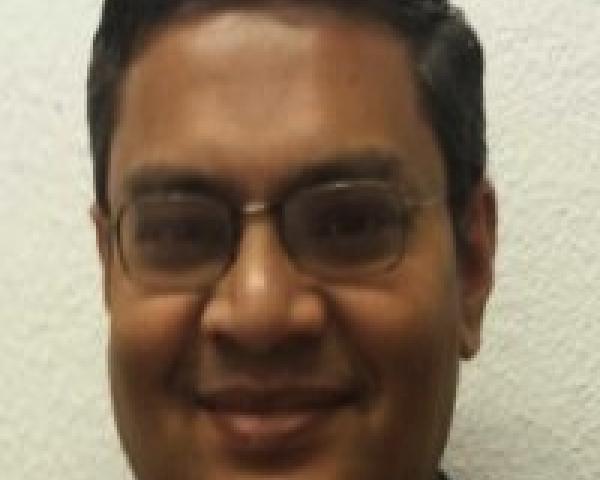Although insurers typically ally with private providers of cat models in search of competitive advantage, that approach has limitations.
Some thought that my previous article, "
How to Vastly Improve Catastrophe Modeling," advocating an "open-source" approach to cat models that would aggregate all human knowledge at any point in time, was anarchist and pacifist in the tradition represented by beauty-contest participant Gracie Lou Freebush of the movie "Miss Congeniality" in her pursuit of "world peace" and sundry such altruistic ends.
Some felt I was preaching from the pulpit, asking sinners to atone. Others praised the article. Some people challenged the article by saying cat models platforms from private providers were important for insurers building entry barriers and maximizing profits. Surely, maximizing profits is a fair goal.
But let us examine the issues here. Just because a particular private provider has better models than others today for specific regions and perils, does that mean that it will remain better than other models from newer providers over time? At the least, just as with the "iPhone, Apple-app and app-store" ecosystem and "android-phone, android-app and app-store," there need to be multiple options to ensure that we stay on the cutting edge of innovation.
The insurance industry needs to see competition between competing innovation ecosystems, so that newer and better model-providers have multiple options to fairly make more money from their innovations, thereby improving the fidelity of models used by insurers at all points of time. Essentially, a simple choice of allying with one platform vendor for all time is not a good choice for any insurer, and insurers need to "follow the models" to make their money. So encouraging platform providers that might be more attractive for the newer and better model providers is in the best interest of all insurers. Other choices are not as enlightened as they might seem.
Some insurers are paying and supporting a particular private provider to construct a platform owned and operated by that provider in exchange for joint competitive advantage. The OASIS approach I recommend, on the other hand, is an attempt by a group of insurers (with some overlap to the other group) to construct a platform owned mutually by these insurers (and available to new joiners). Perhaps there is space for even more types of ecosystems so that there is competition to draw in the best models as well as to fit the "empire-building" objectives of some insurers.
The competitive advantages to insurers could come from being part of a closed/semi-open group owning the platform or getting competitive advantage through it in some way. But competitive advantage could also come through innovative relationships between insurers and model providers (dis-intermediating the platforms in some sense), just like the Internet-applications industry does not care about the telecommunications industry that provides the channel to market. That is the most likely outcome when the dust eventually settles. After all, while the laws of majority do not work in the matters of the truth (fidelity of models to underlying reality), no one person/provider has a monopoly over the truth (of models), and in the end it is the truth (of the models) that matters (in conferring lasting competitive advantage).
Insurers tend to spend upward of 20% of their IT budget on catastrophe modelling. This expenditure is expected to rise rather than fall. OASIS is an strategic catastrophe modelling option for insurer looking to reduce this expenditure. One of the strategies is to use OASIS for development, testing and usage of their own models (i.e. in their own infrastructure) rather than risk placing these into the cloud provided by a private platform provider. Used this way, OASIS can help reduce the cost of development and testing and usage of internal models. Also, insurers need to create and maintain their own applications for multi-model comparison and blending if they want to use OASIS along with private platforms. These kinds of strategies will drive down the average cost of catastrophe modeling in the enterprise and the industry, thereby improving the transformative business case for various uses that currently are not cost-effective. Insurers that start on the OASIS journey will reach these transformative business cases before than others.


